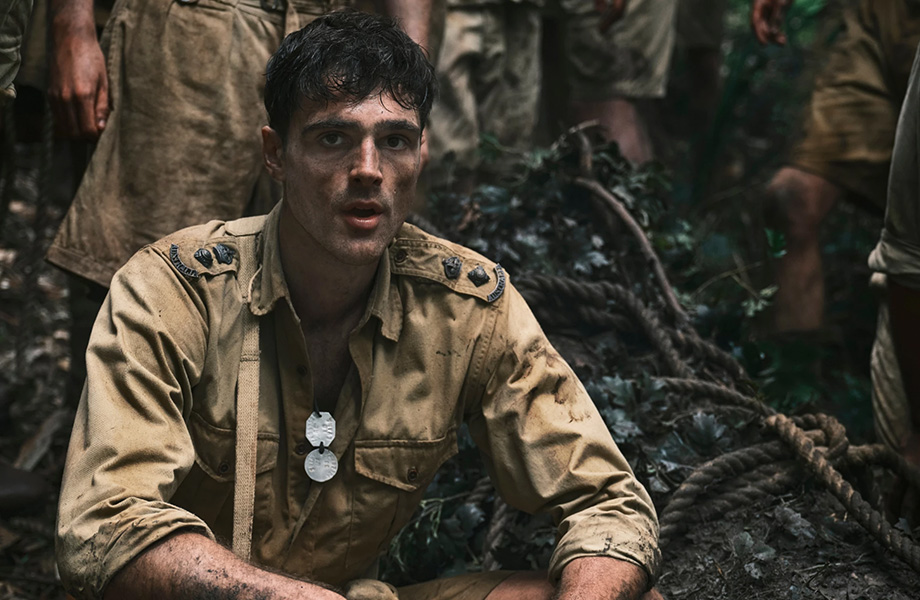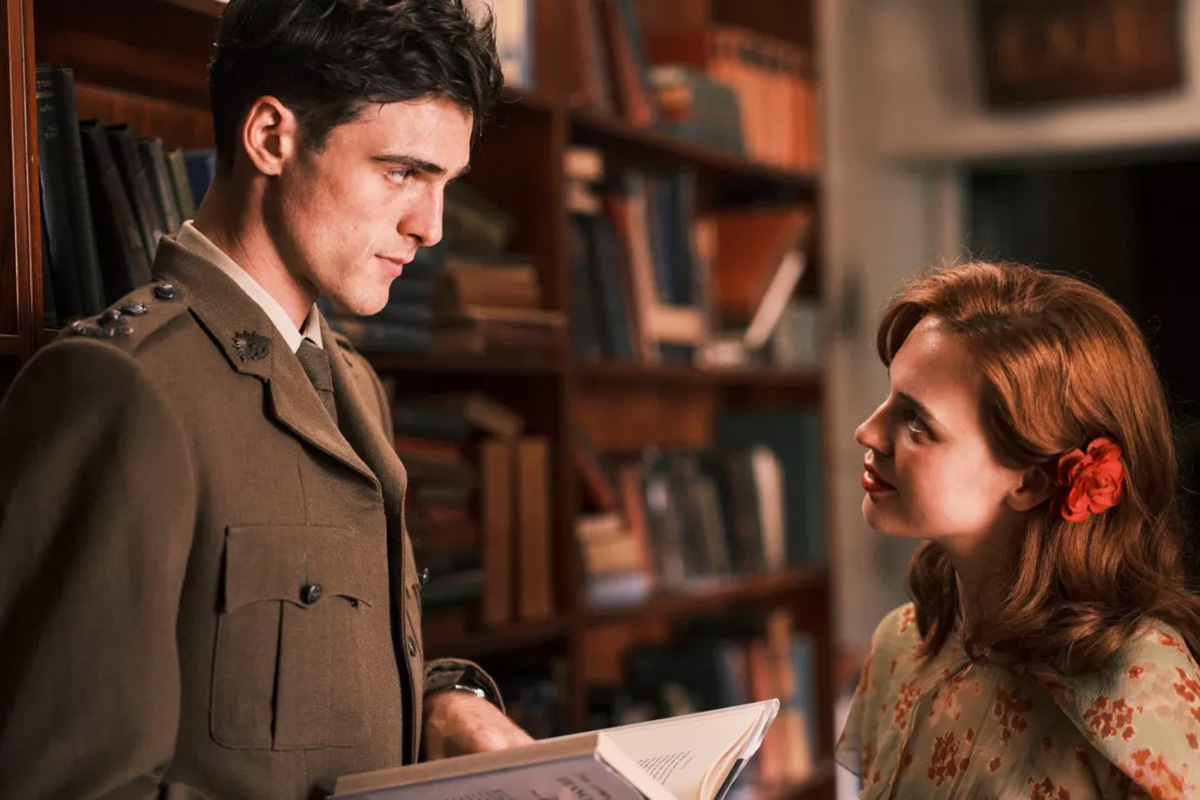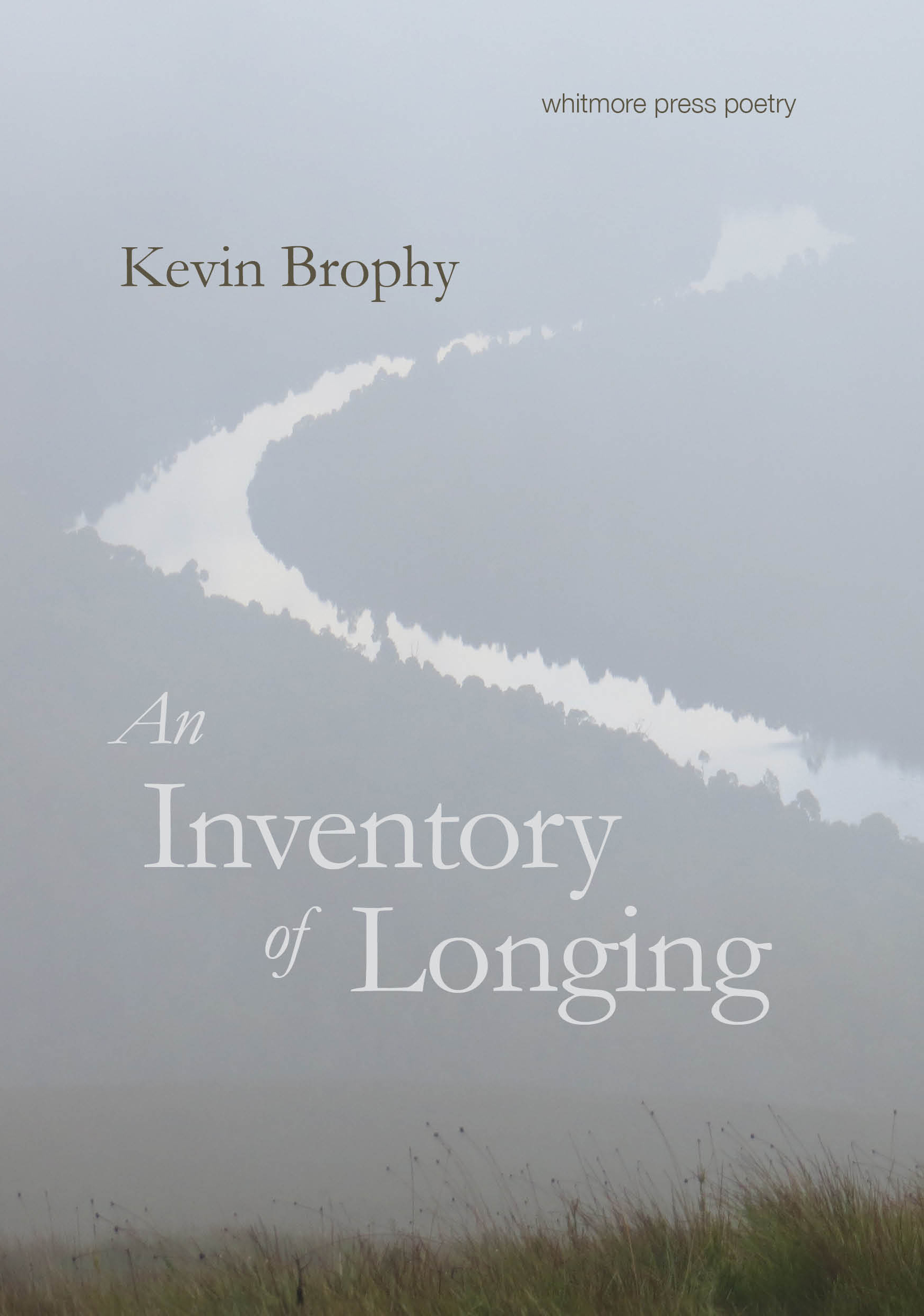The Narrow Road to the Deep North

In a scene towards the end of the final episode of this landmark miniseries, adapted from Richard Flanagan’s Booker Prize-winning novel, The Narrow Road to the Deep North (2013), the protagonist, Dorrigo Evans, launches a book of illustrations by a dead friend which depicts their time as prisoners of war toiling on the notorious Burma ‘Death’ Railway. In the speech, a rare monologue in this sparse and beautifully written series, Dorrigo delivers the most haunting line from Flanagan’s novel: ‘Horror can be contained within a book, given form and meaning. But in life horror has no more form than meaning. It just is.’
When it was announced three years ago that Flanagan’s novel would be adapted by director Justin Kurzel and screenwriter Shaun Grant, it felt as though Flanagan’s poetic and unflinching prose was in the hands of like-minded souls who would fight for its survival in the unforgiving jungle of television adaptation. Since their fearsome début, Snowtown (2011), and their subsequent collaborations True History of the Kelly Gang (2020) and Nitram (2021), Kurzel and Grant have demonstrated an unparalleled ability to capture the formless horrors of Australia with a seriousness equalled only by the precision of their execution.
The Narrow Road to the Deep North, which premièred at the 2025 Berlin International Film Festival, has delivered on this promise. The series is a powerful cinematic experience that is as respectful and faithful to the novel as Flanagan is to the men (including his father) he originally wrote about. To borrow from Dorrigo again, when asked if he was truthful in his speech, he replies, ‘Accurate. As much as I could be.’
The series, like the book, is a masterful braid of narratives across three time periods: an intoxicating love affair young Dorrigo has with his uncle’s wife, Amy, before setting out to war; his time as a medical officer on the Death Railway; and the decades following his return to civilian life as a successful but troubled surgeon and war hero.
 Jacob Elordi as Dorrigo and Odessa Young as Amy
Jacob Elordi as Dorrigo and Odessa Young as Amy
There are no heroes in this horror story of suffering and squalor, where even the Japanese guards are prisoners to, as Dorrigo puts it, a ‘pharaonic slave system’. Everyone is passive, powerless and overwhelmed by circumstance beyond their control. In a very Australian way, survival makes them heroes in their postwar life but Dorrigo is tortured by the veneration and the suffocating sense of duty that comes with it. Our film culture has explored these ideas of duty, powerlessness, and despair before, most notably in Peter Weir’s Gallipoli (1981) and Bruce Beresford’s Breaker Morant (1980), where the slave drivers were an uncaring British Empire. But the bright sunlight and innocence of those films are banished in the oppressive jungle that Kurzel and his collaborators have created.
Sam Chiplin’s painterly cinematography masterfully harnesses the tropical light, echoing the ochre brushwork of the character Guy ‘Rabbit’ Hendricks, a covert artist among the prisoners. Jed Kurzel’s music, while subtly supporting the tense quiet that permeates the mood of many scenes, evokes the grand and spiritual when called for. The cast, led in a career-best performance from rising star Jacob Elordi, and supported by Odessa Young as Amy, Ciarán Hinds as the elderly Dorrigo, and Heather Mitchell as his long-suffering wife, Ella, are uniformly superb, offering subtle and quiet performances that allow their character’s pain to linger unspoken. In particular, the simmering chemistry between Elordi and Young as the doomed lovers gives the story a vital centre of emotional gravity.
Grant’s skilful adaptation demonstrates he understands that the heft of the story he is transposing to screen. His thoughtful blending of scenes from the novel, as well as his judicious cuts and embellishments (including a storyline combining Dorrigo’s postwar affairs and his rocky surgical career), respect both the source material and the medium. The restraint and space in his writing invite a reflective mood that a lesser writer would have filled with exposition, pretentious speechifying, or an extra plot point. His creative choices are the antithesis of the noisy twitchiness of most post golden-age television, a strength that will see this series endure while others are forgotten.
Bringing it all together with his best work in an already impressive career is Kurzel. Every element – writing, performance, cinematography, music, art direction – is harmonised in a rich and layered vision that is equally beautiful, horrifying, and majestic. Kurzel, with Grant, understands that the power of cinematic storytelling is sometimes the opacity of its imagery, where meaning is elusive and unknowable, like the horrors the series depicts, pushing the audience to fill in the dark spaces left behind.
One aspect of the series that feels lost in the jungle is the sheer scale of the historical suffering it depicts. Flanagan’s novel acknowledges, but leaves undramatised, the fact that the allied POWs represented a tiny fraction of the quarter of a million Chinese, Malayans, Thais, Tamils, Javanese, and Burmese slaves who lived and died on the railway. Like the brief glimpse of a devastated Japan in the last episode, our view here is limited, perhaps less by creative intent than by the mind-boggling production expense of modern film and television.
The series will test some viewers; its restrained pace and quiet mood immerse the audience in a bleak and unsettling world. The team behind the series seem to be aware of this, having structured their story around shorter forty- to forty-five minute episodes across a tight five-episode run. It is a smart move that makes this difficult story more accessible to a wider audience, particularly younger Elordi fans, who may not know its details. While it is a difficult journey (and of course it is), it is one that rewards a viewer’s attention with an uncommon depth of beauty and humanity.
The Narrow Road to the Deep North (Prime Video) is released on 18 April 2025.














Leave a comment
If you are an ABR subscriber, you will need to sign in to post a comment.
If you have forgotten your sign in details, or if you receive an error message when trying to submit your comment, please email your comment (and the name of the article to which it relates) to ABR Comments. We will review your comment and, subject to approval, we will post it under your name.
Please note that all comments must be approved by ABR and comply with our Terms & Conditions.